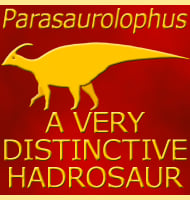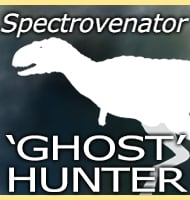Seismophis
In Depth Seismophis is a genus of snake that lived in South America during the late Cretaceous. Further Reading - The oldest Brazilian snakes from the early Late Cretaceous (Cenomanian). - Acta Palaeontologica Polonica. - A. S. Hsiou, A. M. Albino, M. A. Medeiros & R. A. B. Santos - 2013.


